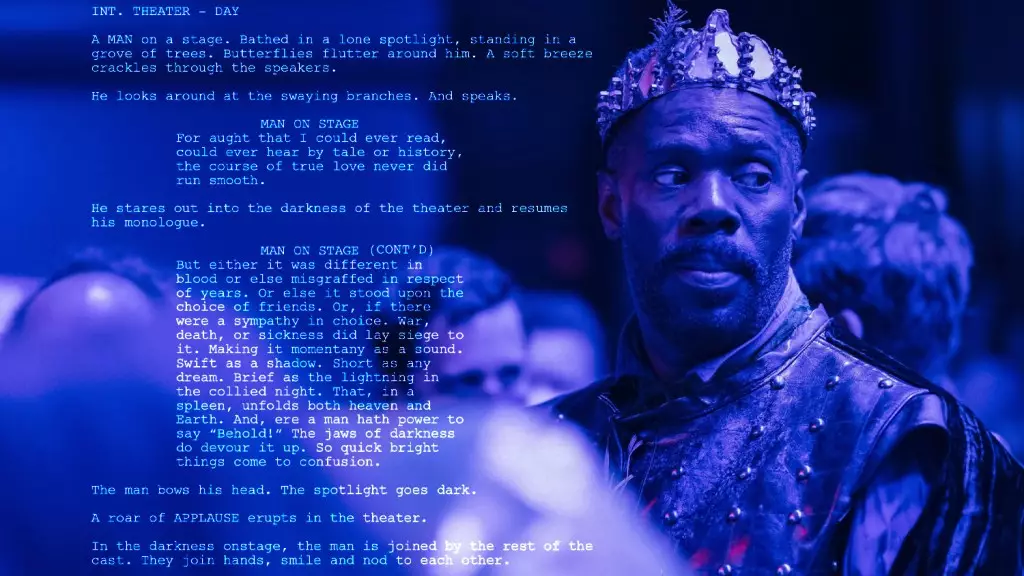The film industry often reflects societal issues through storytelling, and “Sing Sing” does just that with profound impact. Starring Colman Domingo, this compelling narrative, directed by Greg Kwedar, sheds light on the true story of John “Divine G” Whitfield, an innocent man serving time in prison. What makes this film noteworthy is not just its depiction of wrongful incarceration but rather its emphasis on redemption through artistic expression among marginalized voices. The film is brought to life through its partnership with A24, a studio known for fostering unique narratives that invoke critical thought and empathy.
The Rehabilitation Through Arts Program
At the heart of “Sing Sing” is the Rehabilitation Through the Arts (RTA) program, a beacon of hope initiated in New York’s Sing Sing Correctional Facility in 1996. This initiative offers inmates the opportunity to participate in creative arts programs, enabling them to explore their talents in a supportive environment. The statistics are illuminating: with a recidivism rate of less than 3% for RTA participants compared to the national average of 60%, the program significantly contributes to lower re-offense rates. The film effectively positions RTA as a vital element in the struggle against the cyclical nature of incarceration, showcasing its role in transforming lives and fostering resilience.
Critics have lauded “Sing Sing” for its authentic portrayal of life inside prison walls. The film dives deep into the personal journeys of its real-life protagonists, including Clarence “Divine Eye” Maclin, who also portrays himself. Their reflections present a duality of despair and hope, capturing the complexities of identity and reintegration into society. Leslie Lichter, the interim director of RTA, emphasizes that the film presents an unparalleled view of the incarcerated community, validating their experiences and struggles. This authenticity resonates with audiences, allowing them to connect with the characters not just as inmates but as human beings embarking on their journeys of healing and redemption.
Since its premiere at the Toronto Film Festival, “Sing Sing” has been celebrated both critically and popularly, garnering the Audience Award at SXSW and nomination for the Best Picture at the Spirit Awards. Its screenplay has been acknowledged as the best of the year by the National Board of Review, which speaks volumes about the depth and resonance of its narrative. Colman Domingo’s performance, complemented by Maclin’s unique insight, has rightfully earned them nominations, including a Golden Globe nod for Domingo.
Ultimately, “Sing Sing” transcends typical prison narratives. It serves as a love letter to the power of the arts as a vehicle for change, illustrating that even in the darkest circumstances, there is potential for growth, rehabilitation, and reintegration into society. The story underscores the mantra expressed by Maclin: not only do these individuals exist, but they possess the strength and capability to contribute positively to the world. As audiences embrace this film, “Sing Sing” invites us to reimagine the possibilities for those who have been incarcerated, reinforcing the notion that redemption is possible and that a vibrant, supportive community exists for everyone striving to find their place in society.

